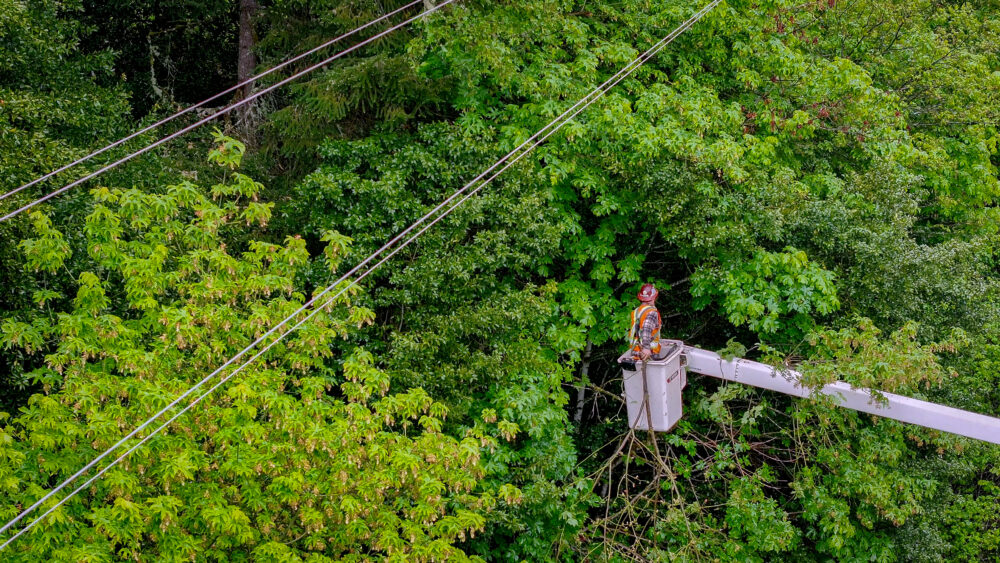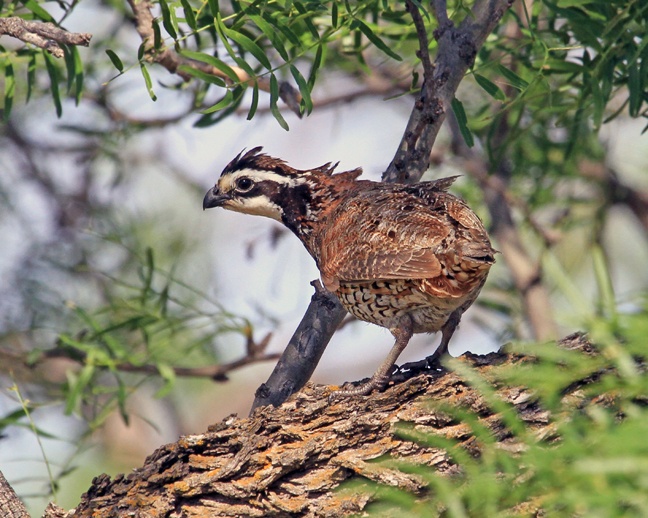We have much more to do and your continued support is needed now more than ever.
Future Ghosts? Wildlife on the Brink of Extinction
Here are a few wildlife species we need to protect in the U.S.
Red Wolf
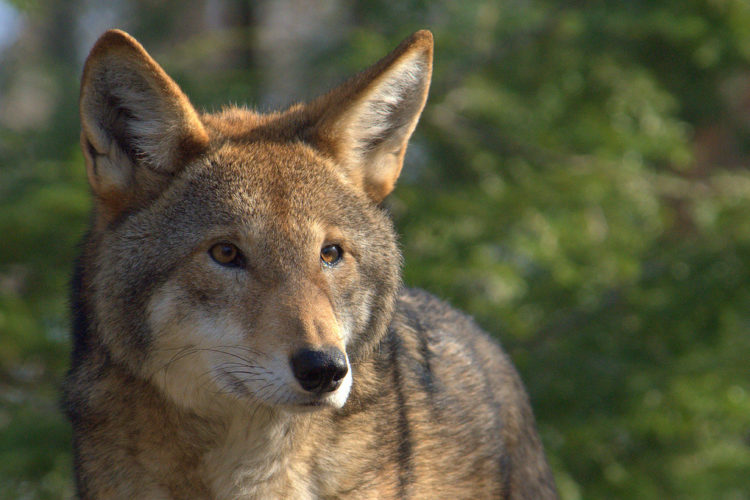
Status: Critically Endangered
Threats: Hybridization with coyotes, vehicle and gunshot mortality from humans, and habitat loss due to agriculture and development
Habitat Range: North Carolina
With only 50-75 red wolves living in the wild forests and coastal prairies of North Carolina and about 175 living in captivity, these canids are one of the most endangered species in the world. Historically, red wolves once ranged across the southeastern United States, but by 1980, years of hunting and habitat loss almost wiped out the species. Endemic to the United States, they were reintroduced by the U.S. Fish and Wildlife Service in 1987. Sadly, their populations still struggle to remain afloat.
Rusty Patched Bumble Bee

Status: Critically Endangered
Threats: Habitat loss due to agriculture and development, pesticide use, pathogen spill-over, and climate change
Habitat Range: North Eastern regions of the United States and parts of the Midwest
Essential to the health of all life on the planet, bees and other pollinators are responsible for 85% of the world’s flowering plants ability to thrive. Bumble bees perform a ritual called “buzz pollination” in which the bee will flutter its wings. This produces strong vibrations forcing pollen out from the plant’s anthers that would have otherwise remained stuck. Many plants, including blueberries, cranberries, tomatoes, peppers, eggplants, and potatoes, require buzz pollination. Can you imagine a world without salsa, eggplant parmesan, or vodka cranberries?
Whooping Crane

Status: Endangered
Threats: Over-hunting, collision with powerlines, sea-level rise due to climate change, chemical spills, and human disturbance
Habitat Range: The only natural wild population breeds in Wood Buffalo National Park in Alberta and Aransas National Wildlife Refuge in Texas
Whooping cranes are monogamous and form pair bonds at the age of 2 or 3 years. Their courtship displays are animated and soulful. They perform an intricate dance that includes leaping into the air, elongating their wings, tossing their heads, and even catapulting grass into the air. Once they find love, these birds will mate with their partners for life. Sadly, there are only about 600 of these magnificent birds remaining on the planet.
Black-Footed Ferret
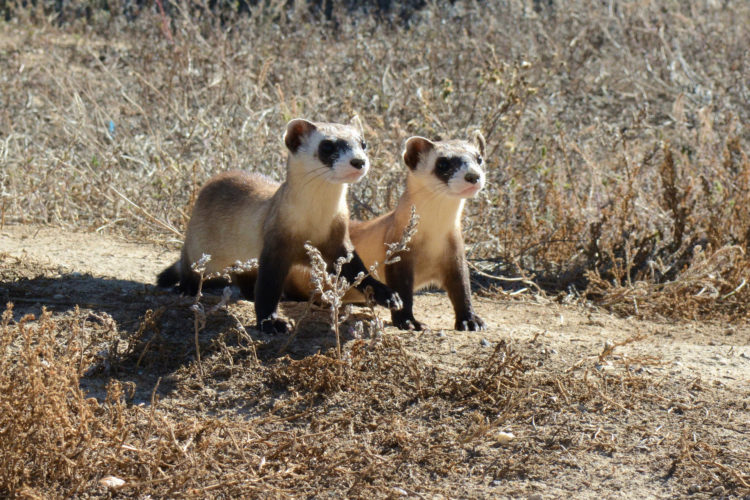
Status: Endangered
Threats: Decline of primary food source, and habitat loss due to agriculture and development
Habitat Range: 17-22 reintroduction efforts occur all across the United States
Considered the rarest native mammal living in the United States, the number of breeding adult of black-footed ferrets declined by about 40% since 2008. Their long and slender bodies allow them to infiltrate, eat, and take over the dwelling of their favorite prey: the prairie dog. Unfortunately, prairie dogs have been considered “pests” to farm and ranch lands and are being wiped out. This decline in their food source has directly impacted the fate of the ferrets’ populations. Currently, there are just over 200 black-footed ferrets living in the wild.
Thresher Shark
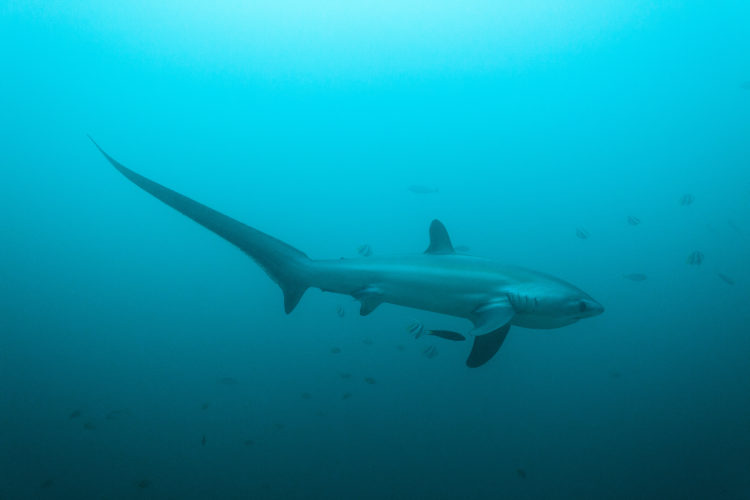
Status: Vulnerable
Threats: Exploitation and bycatch
Habitat Range: This oceanic and coastal shark is virtually circum-global and is most commonly found in temperate waters
Recognized by their long caudal (tail) fins, which equals about half their body length, thresher sharks are listed by the International Union for Conservation of Nature as “vulnerable”. Without rectifying the circumstances that make their survival thrive, thresher sharks are well on their way to becoming endangered.
Along with the illegal shark trade, the biggest threat to thresher sharks is from commercial and recreational fisheries when they are accidentally caught as bycatch. Their tails often get trapped in nets designed to catch their prey fish. In the Eastern Pacific near the coast of California, these sharks are one of the most commonly caught species from West Coast-based HMS fisheries.
Help NowHelp the National Wildlife Federation protect these endangered species and others

